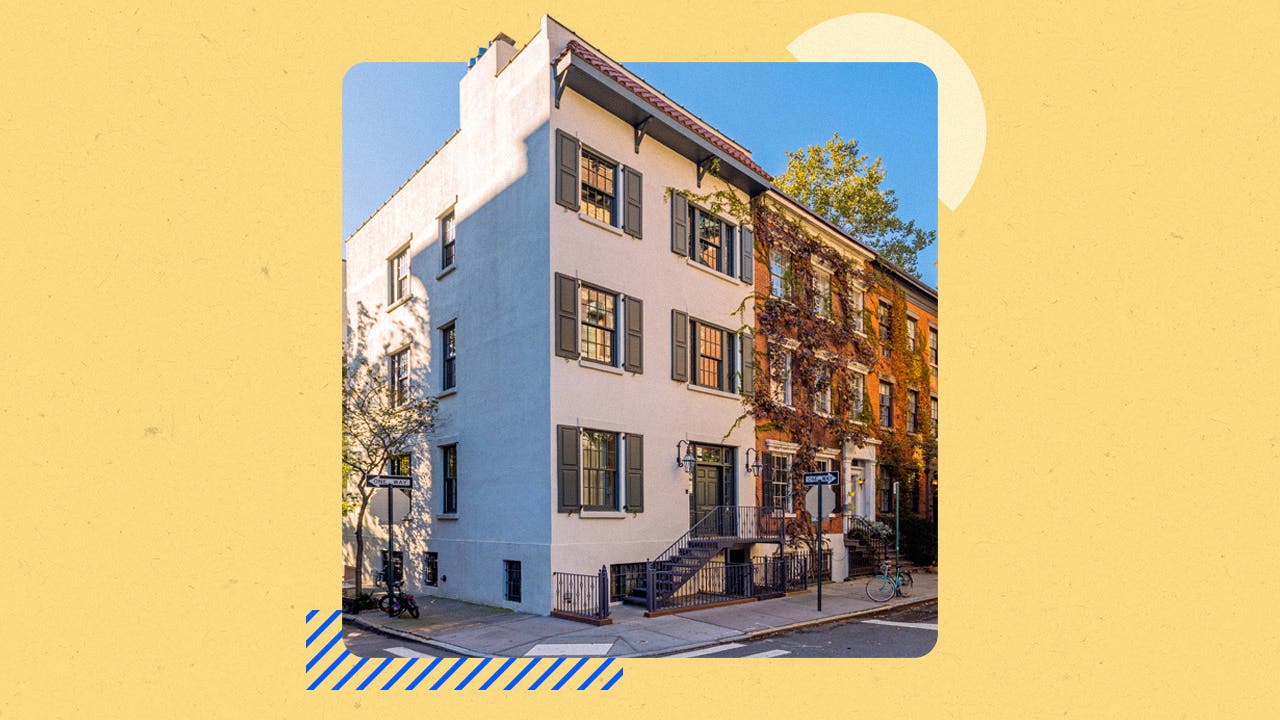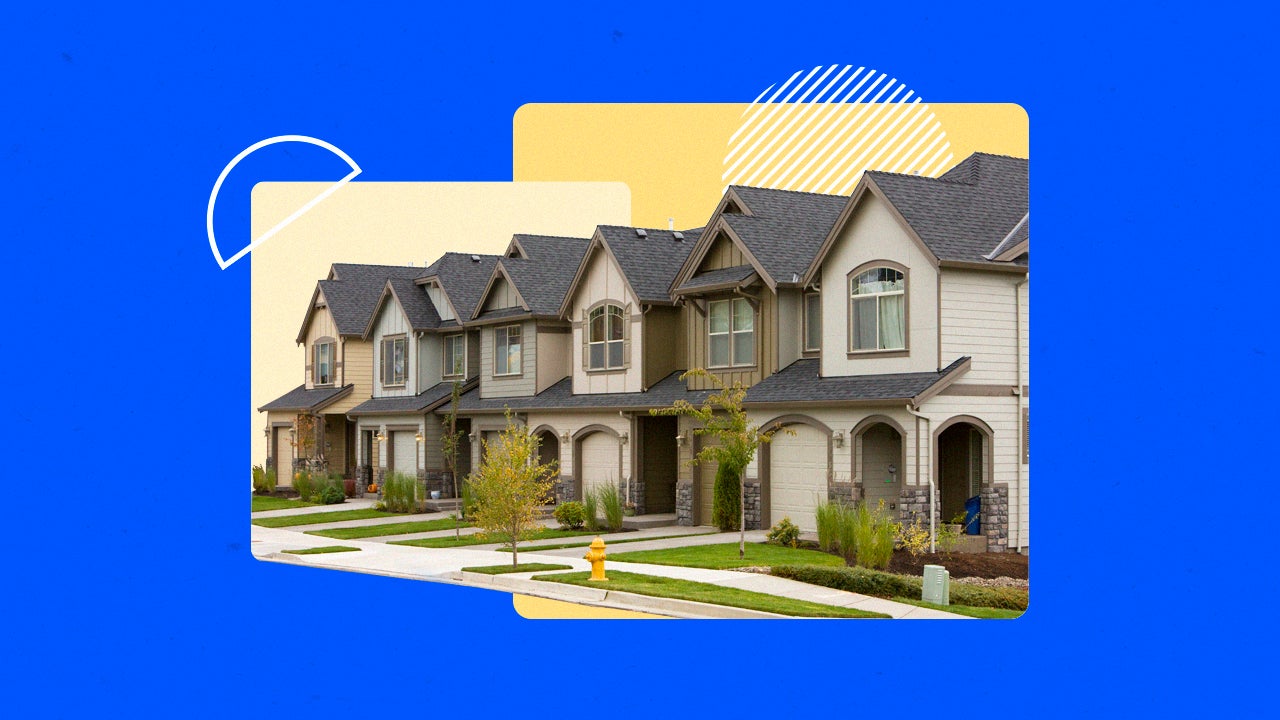Q4 2023 home prices rose in 86 percent of metro areas: NAR

Key takeaways
- In the fourth quarter of 2023, home prices rose in 86 percent of metropolitan areas, or 189 of the 221 measured, according to National Association of Realtors data.
- 34 metro areas registered double-digit year-over-year price growth.
- The Northeast saw the highest rate of price growth at 7.3 percent, while the South saw the lowest at 3.2 percent.
Since 2005, the National Association of Realtors (NAR) has released quarterly statistics detailing the median home prices in metropolitan areas across the country. The report serves as a barometer of housing affordability — and its latest data is not good news for prospective homebuyers.
For the fourth quarter of 2023, single-family existing-home sale prices rose in 189 of the 221 metro areas measured by the report. That amounts to increases in 86 percent of metropolitan areas, compared to 82 percent the previous quarter. Here’s a closer look at the status of metro-area home prices.
Double-digit price growth in many markets
Home prices ticked upward across the country as 2023 drew to a close. The national median cost of an existing single-family home — meaning previously owned, not brand-new construction — reached $391,700, a 3.5 percent increase from one year earlier. Steeper purchase prices also mean higher mortgage payments: As of Q4 2023, the mortgage payment on a typical existing single-family home with a 20 percent down payment was $2,163. That’s a 10 percent hike from 2022.
“Homeowners have benefited from housing wealth accumulation. However, many homebuyers have been shocked at high housing costs, with a typical monthly mortgage payment rising from $1,000 three years ago to more than $2,000 last year,” NAR chief economist Lawrence Yun said in a statement. “This doubling in housing costs for recent homebuyers is not included in the official Consumer Price Index inflation calculations and contributes to the sense of dissatisfaction about the economy.”
Biggest gainers
Not every area experienced the same degree of upward pressure on home prices during the final months of 2023. Prices appreciated 7.3 percent in the Northeast, for example, but just 3.2 percent in the South. The Midwest saw 4.7 percent price growth, while the West saw 4.2 percent.
Of the markets measured, 34 reported double-digit annual price growth during the final quarter of the year, up from 11 percent for the prior quarter. The 10 markets that saw the most significant year-over-year median price increases were:
| Market | Percent of home price growth |
|---|---|
| Dayton, Ohio | 19.9% |
| Kingsport-Bristol-Bristol, Tenn.-Va. | 19.2% |
| Fond du Lac, Wis. | 18.6% |
| Trenton, N.J. | 17.3% |
| Salinas, Calif. | 17.1% |
| Newark, N.J.-Pa. | 16.7% |
| Anniston-Oxford, Ala. | 15.7% |
| Bloomington, Ill. | 15.4% |
| Johnson City, Tenn. | 15.2% |
| Anaheim-Santa Ana-Irvine, Calif. | 14.8% |
Housing affordability
Real estate sales have been sluggish in recent years amid the overall lack of inventory and steep mortgage interest rates, which made buying a costly endeavor, especially for first-time homebuyers. But market dynamics may be shifting. Increased homebuilding and falling rates could improve housing affordability and bring more homes to the market in the year ahead, Yun said.
Some glimmers of that shift were visible during the fourth quarter of 2023. The monthly mortgage payment on a typical home (with a 20 percent down payment) was $2,163, which represents a 1.2 percent drop from the third quarter. However, mortgage payments closed out the year 10 percent — or $196 per month — higher than one year earlier.
Thus far in 2024, the much-expected sustained decline in mortgage rates hasn’t materialized.— Greg McBride, Bankrate Chief Financial Analyst
“Even though mortgage rates retreated from 23-year highs during the fourth quarter of 2023, they still ended the year higher than where they began, straining affordability even further,” says Greg McBride, Bankrate’s chief financial analyst. “Thus far in 2024, the much-expected sustained decline in mortgage rates hasn’t materialized, so affordability hasn’t gotten any better.”
Money-saving tips for homebuyers
For those entering a housing market where affordability remains strained, finding ways to save money is critical. Here are some tips for hopeful 2024 homebuyers:
- Request seller concessions: The price tag isn’t the only cost associated with buying a home — closing costs can amount to thousands of dollars. It’s not unusual for buyers to ask for seller concessions, in which the seller pays a portion of the buyer’s closing costs or covers the price of a desired repair. The seller doesn’t have to agree, but it’s a very common part of contract negotiations.
- Buy during off-season: House-hunting during a less competitive time of year can also save you money. Traditionally, spring and summer are the busiest time for home sales, so if you wait to purchase until fall or winter you may score a better deal. According to a study by ATTOM Data Solutions, buyers who purchase in October stand to save the most on home price premiums.
- Widen your location range: Consider looking at homes that are just outside your desired location. Especially in big population centers or hot markets, a few miles in distance could make a big difference in price.
- Shop around for mortgage rates: When you’re looking for a mortgage lender, shopping around for the best rates can save plenty of money, particularly in a steep rate environment. Every little bit helps, and a small amount of savings per month can add up to big savings over the life of the loan.
- Work with an experienced local agent: A real estate agent who knows your specific market well can be an invaluable tool. A plugged-in agent can help you find the best possible homes that fall within your budget, and help you negotiate the best deal possible too.
You may also like

Cheapest housing markets in the U.S.





